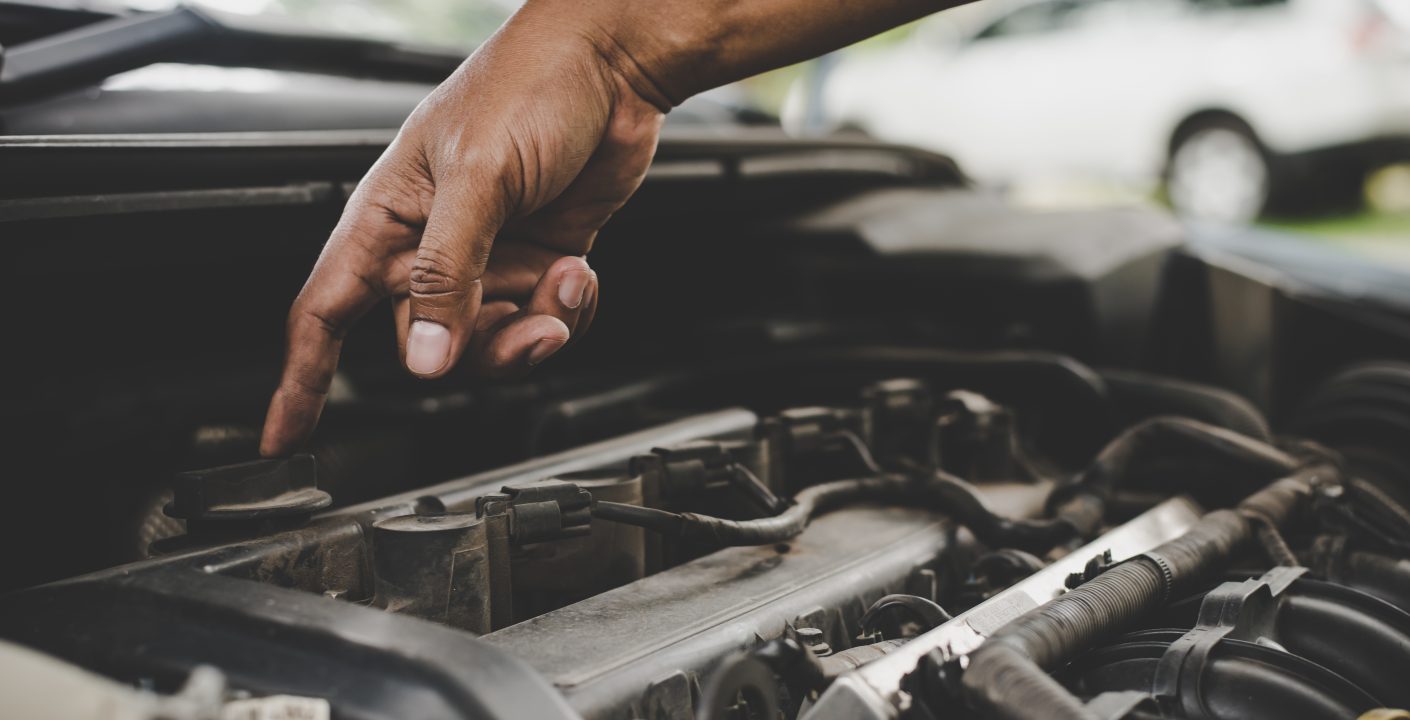Starting your day with a quick check of your vehicle can make a world of difference in ensuring a smooth and safe drive. Just like you might have a morning routine to prepare for the day, your car needs one too. Here’s a detailed guide on the basic checks to perform every morning before hitting the road.
1. Visual Inspection
Walk Around the Car
Begin with a simple walk-around. This allows you to spot any obvious issues such as flat tires, fluid leaks, or any damage that might have occurred overnight.
- Check for Obstructions: Ensure there are no objects near or under the vehicle that could cause damage or impede movement.
- Inspect Windows and Mirrors: Make sure all windows and mirrors are clean and free of cracks or damage. Clear visibility is crucial for safe driving.
2. Tire Check
Tire Pressure
Proper tire pressure is essential for optimal handling, fuel efficiency, and tire longevity. Use a tire pressure gauge to check the pressure of each tire, including the spare. Refer to the owner’s manual or the sticker on the driver’s door frame for the recommended pressure levels.
- Visual Tire Condition: Look for any cuts, punctures, or unusual wear patterns. Uneven wear could indicate alignment or suspension issues.
- Tread Depth: Ensure the tread depth is adequate. A quick way to check is the penny test: insert a penny into the tread with Lincoln’s head upside down. If you can see the top of Lincoln’s head, it’s time to replace the tires.
3. Fluid Levels
Engine Oil
Maintaining the correct oil level is crucial for engine health. Use the dipstick to check the oil level and ensure it’s within the recommended range. Top up if necessary, and pay attention to the oil’s color and consistency; dirty or sludgy oil may indicate it’s time to change the car oil.
Coolant
A properly functioning cooling system prevents your engine from overheating. Check the coolant reservoir and ensure the level is between the minimum and maximum marks. If it’s low, top it up with the appropriate coolant mixture.
Brake Fluid
Brake fluid is vital for your braking system’s performance. Check the brake fluid reservoir and ensure the level is within the recommended range. If it’s low, there might be a leak, or your brake pads could be worn out.
Windshield Washer Fluid
Having a clean windshield is essential for visibility. Ensure the washer fluid reservoir is full and the spray nozzles are not clogged.
4. Battery Check
A quick glance at the battery can help avoid unexpected breakdowns. Ensure the terminals are clean, free of corrosion, and securely connected. Look for any signs of damage or leakage. If your battery is more than a few years old, consider having it tested to ensure it’s still holding a charge.
5. Lights and Indicators
Exterior Lights
Check all exterior lights, including headlights, tail lights, brake lights, and turn signals. Make sure they are working correctly and are not dim or burnt out. Proper lighting is crucial for visibility and communication with other drivers.
Interior Lights
Ensure that all interior lights, such as the dashboard and dome lights, are functioning. These lights help you monitor your vehicle’s status and navigate the interior safely in the dark.
6. Brakes and Steering
Brakes
Press the brake pedal to ensure it feels firm and not spongy. Listen for any unusual sounds like grinding or squealing, which could indicate worn brake pads.
Steering
Turn the steering wheel to check for smooth and easy operation. Any stiffness, unusual noises, or vibrations should be investigated further.
7. Dashboard Indicators
Before starting the engine, switch the ignition to the “on” position without starting the car. Observe the dashboard indicators for any warning lights that remain illuminated. Common warning lights include the check engine light, ABS, and airbag indicators. Address any persistent warning lights promptly.
8. Emergency Kit
Ensure your emergency kit is stocked and accessible. It should include items like a first aid kit, flashlight, spare tire, jack, lug wrench, jumper cables, and basic tools. Being prepared can make a significant difference in an emergency.
Performing this morning car check routine takes just a few minutes but can save you from unexpected breakdowns, expensive repairs, and unsafe driving conditions. Developing this habit ensures that your car is always ready for the road, giving you peace of mind and enhancing your driving experience.



